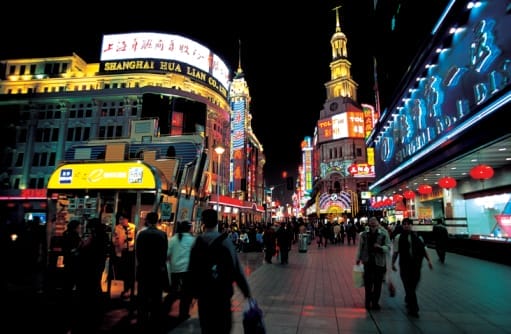In my recent discussions with global CEOs, a recurrent theme is the rising wave of change in emerging markets—and the related impact on the critical decision making process affecting cross functional operations in global businesses.
The speed and scope of change in these growth geographies underscores our purpose in executive education. Organizational leaders must have access to the latest knowledge, tools and thought leadership if they are to develop and maintain strategies for maximum success both now and in the future.
Of course, preparing for success in emerging markets and elsewhere cannot be accomplished by any business leader through participation in one executive development program—or even through an MBA. Remaining competitive in a constantly evolving commercial landscape is a lifelong process—and requires continuous, lifelong learning. This is one of the key drivers behind Wharton’s announcement that it will begin offering future Wharton MBA graduates the opportunity to return to campus on a term basis for executive education courses.
The conditions in individual emerging markets highlight one obvious need for staying up to date on the latest business thinking and best practices. You’ll often see the targeted countries grouped together as though BRIC members share the same characteristics, market opportunities and competitive distinctions. The fact is, however, that each representative country has a unique set of circumstances, and the effect of their respective changes will also be different. Information that is specific to each country must be available to decision makers so that nuanced differences for each market can be captured and leveraged for competitive advantage.
If you analyze China alone, it is impossible not to be impressed by the sheer number of consumers, workers and producers that comprise the business infrastructure. It is staggering to consider their impact—and the vast ripple effect on world markets. When the Chinese government, for example, gives its middle class incentives to buy cars, this quickly sets the Chinese on the path to become the world’s biggest producer and consumer of automobiles. Another example of China’s exponential growth relates to steel production; it has become the largest producer of steel in the world—exceeding two times the production of the United States and Japan combined.
What impact has China’s role as a steel producer had on the commodities market? And, what ripple effect will the nation have on manufacturing, technology, aerospace, defense and a host of other industries? In the midst of such dynamic growth and change, what are the opportunities for other countries?
These are the kinds of questions we need to be asking as we think of preparing leaders in China, Brazil, India or other quickly growing economies. The opportunities ahead for business are many and exciting. Real-time, real-world solutions to evolving market conditions and challenges require continuous learning and development, which is at the core of Wharton Executive Education’s commitment to business leaders around the globe.
On behalf of Wharton Executive Education, I wish you great success in the year ahead.

























